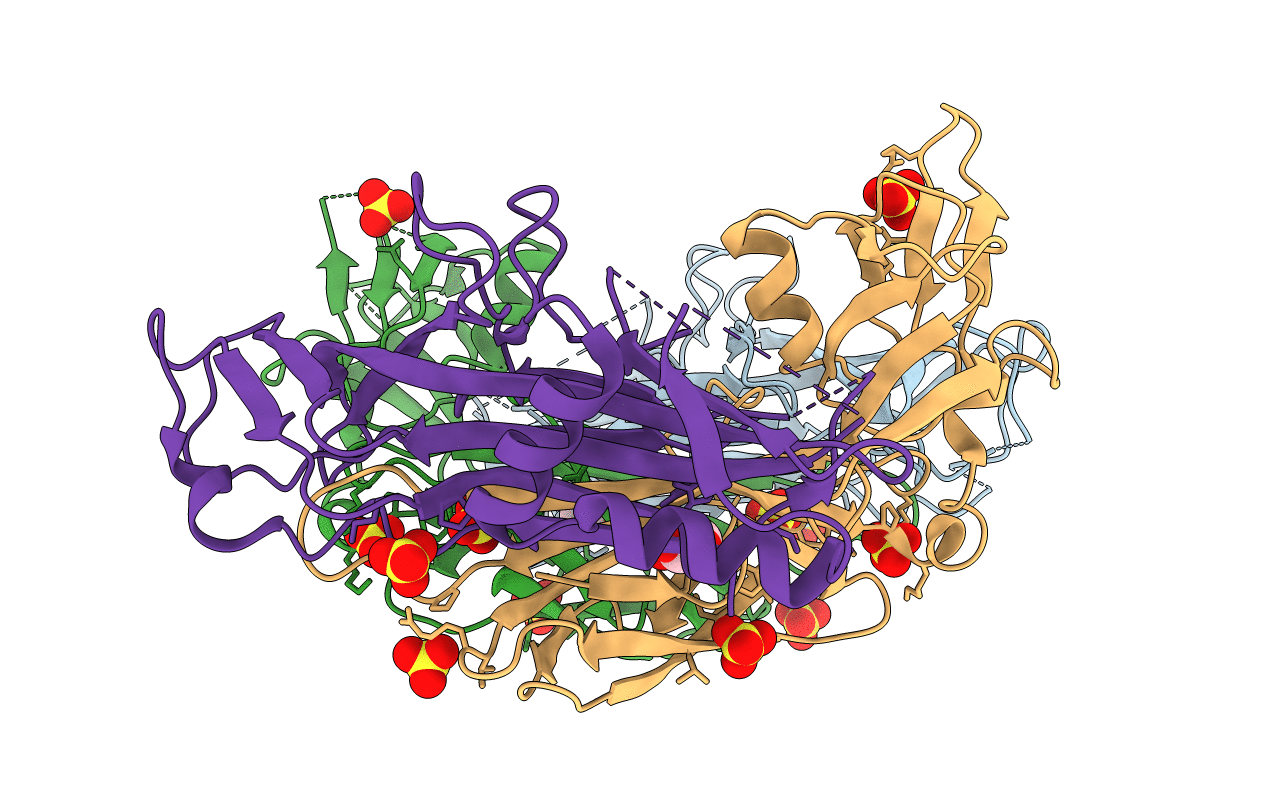
Deposition Date
2009-02-26
Release Date
2009-10-20
Last Version Date
2023-11-01
Entry Detail
PDB ID:
3GEW
Keywords:
Title:
FaeE-FaeG chaperone-major pilin complex of F4 ad fimbriae
Biological Source:
Source Organism:
Escherichia coli (Taxon ID: 562)
Host Organism:
Method Details:
Experimental Method:
Resolution:
2.00 Å
R-Value Free:
0.26
R-Value Work:
0.22
R-Value Observed:
0.22
Space Group:
P 1 21 1


